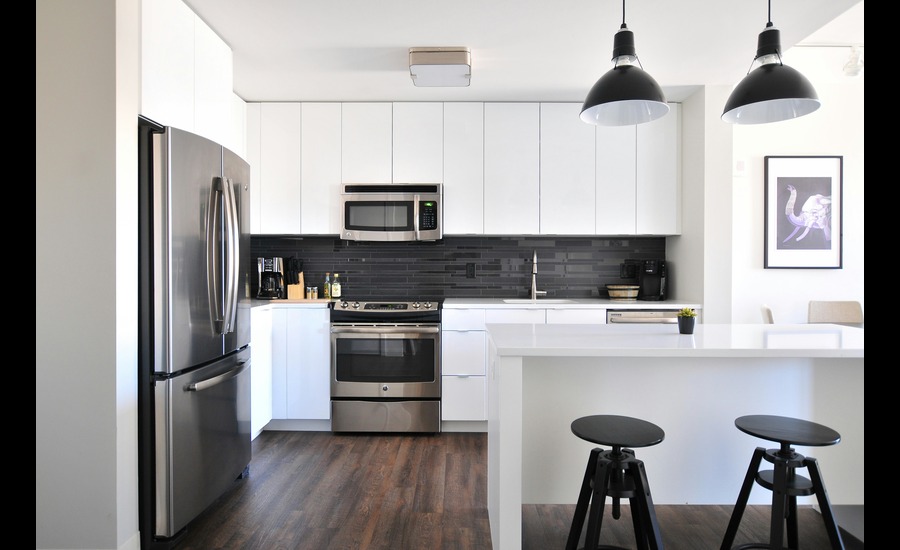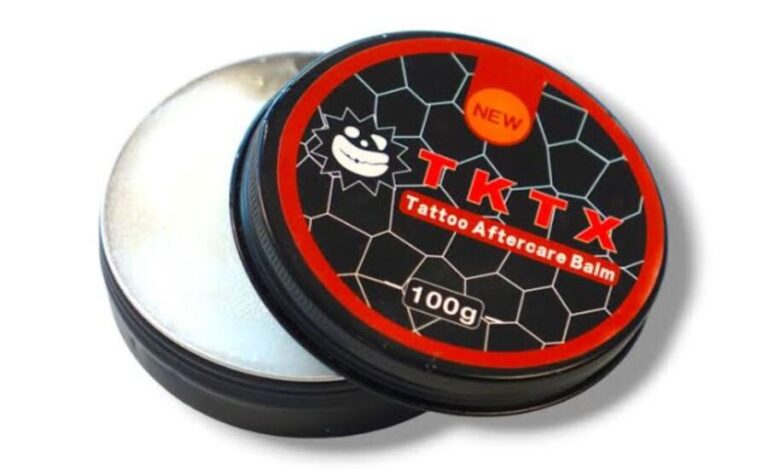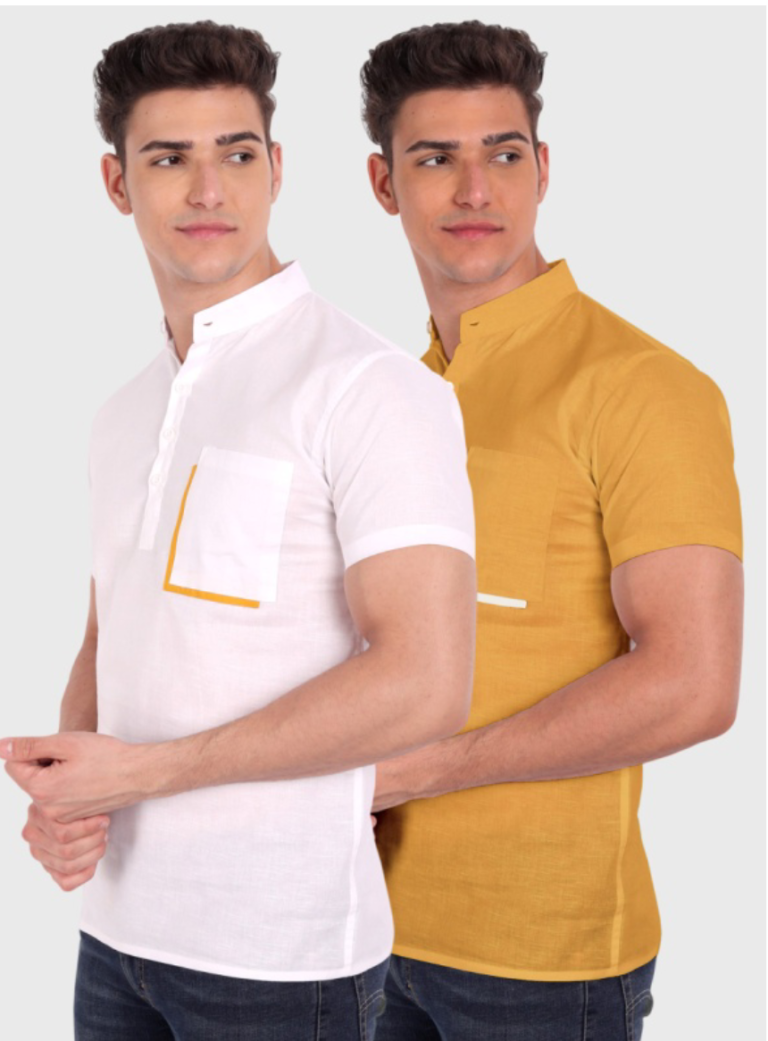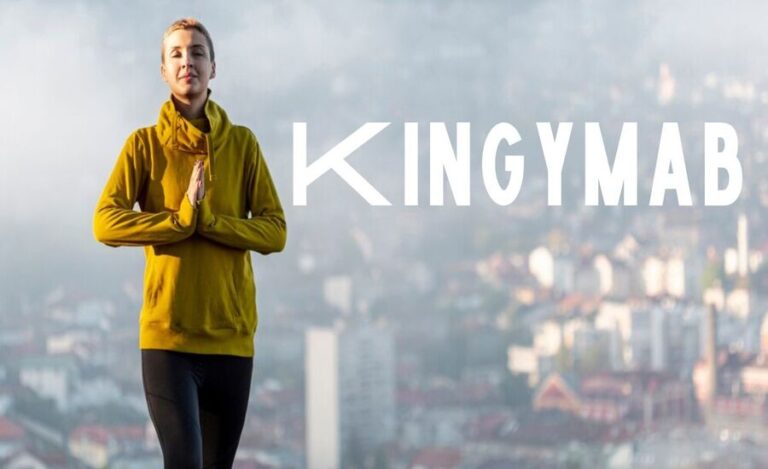Color Palettes for a European Style Kitchen: Which Shades to Choose
A European style kitchen exudes elegance, sophistication, and timeless charm. Known for its refined aesthetics and attention to detail, this design style incorporates a variety of elements that contribute to its overall look, with color palettes playing a pivotal role. Choosing the right colors can transform your kitchen into a space that embodies both luxury and functionality. Here’s a guide to selecting the perfect color palette for your European style kitchen.
1. Classic Whites and Neutrals
One of the hallmarks of European kitchen design is the use of classic whites and neutrals. These colors create a sense of spaciousness and light, which is particularly valuable in smaller kitchens. White cabinets, countertops, and backsplashes offer a clean, fresh look that can be easily complemented with various accents and textures.
- Pure White: This is a popular choice for cabinets and walls, providing a crisp and bright backdrop. It pairs well with both modern and traditional European elements.
- Soft Cream: A warmer alternative to pure white, soft cream adds a touch of coziness while maintaining a sophisticated appearance.
- Warm Grays: Light gray tones can offer a subtle contrast to white elements, adding depth and interest without overwhelming the space.
These neutral shades also serve as a versatile foundation, allowing you to incorporate different textures and materials, such as marble or wood, to enhance the European aesthetic.
2. Elegant Blues and Greens
For a more vibrant yet refined look, consider incorporating shades of blue and green. These colors evoke a sense of tranquility and sophistication, often seen in European kitchens that aim for a more classic or nautical theme.
- Navy Blue: This deep, rich color brings a touch of drama and luxury. It’s ideal for cabinetry or accent walls, creating a bold contrast with lighter elements.
- Sage Green: A muted, earthy green that offers a serene and timeless quality. Sage green works beautifully with wooden elements and can create a harmonious and natural ambiance.
- Teal: This rich, greenish-blue hue adds a touch of elegance and works well in both modern and traditional European designs.
Pair these colors with neutral tones and natural materials to maintain balance and avoid overpowering the space.
3. Warm Earth Tones
European kitchens often incorporate warm earth tones to add depth and coziness. These colors reflect the natural beauty of materials like wood and stone, creating a welcoming and timeless environment.
- Terracotta: A warm, earthy orange that adds a rustic charm. Terracotta tiles or accents can enhance the European feel, particularly in Mediterranean-inspired kitchens.
- Rust: A deeper, reddish-brown that complements wooden cabinets and countertops. Rust tones work well with both light and dark neutrals.
- Beige: A versatile and understated color that pairs well with a variety of materials and can be used for cabinetry, walls, and floors.
These earth tones create a warm, inviting atmosphere and blend seamlessly with natural textures and materials.
4. Bold Accent Colors
While European style kitchens often favor subtle color schemes, incorporating bold accents can add personality and a modern touch. Use these colors sparingly to enhance the overall design without overwhelming the space.
- Deep Charcoal: A sophisticated alternative to black, deep charcoal can be used for cabinetry or accent pieces to create a striking contrast with lighter colors.
- Metallics: Shades like gold, bronze, or copper can add a touch of luxury and refinement. Consider incorporating metallic finishes in hardware, fixtures, or decorative elements.
- Burgundy: A rich, deep red that adds warmth and drama. Burgundy can be used in moderation to highlight specific areas or features in the kitchen.
When using bold colors, ensure they are balanced with neutral tones to maintain a cohesive and elegant look.
5. Incorporating Natural Elements
European style kitchens often integrate natural elements, and the color palette should reflect this connection. Incorporate colors inspired by nature to enhance the overall design and create a harmonious space.
- Stone Gray: Mimicking the appearance of natural stone, gray shades can be used for countertops, flooring, or backsplashes.
- Olive Green: A muted green that reflects the beauty of nature and pairs well with wooden elements and neutral tones.
- Wood Tones: Incorporate various shades of wood, from light oak to rich walnut, to add texture and warmth to the kitchen.
These natural colors and materials create a timeless and authentic European look, blending seamlessly with the overall design.
Conclusion
Choosing the right color palette for a European style kitchen involves selecting shades that reflect elegance, sophistication, and timeless charm. From classic whites and neutrals to elegant blues and greens, warm earth tones, and bold accents, the colors you choose will define the look and feel of your kitchen.
If you’re ready to transform your kitchen into a stunning European-inspired space, explore the OPPOLIA kitchen collection. Our designs combine classic aesthetics with modern functionality, providing you with the perfect foundation for your remodel. Start your kitchen transformation today and enjoy a space that embodies both luxury and practicality.






